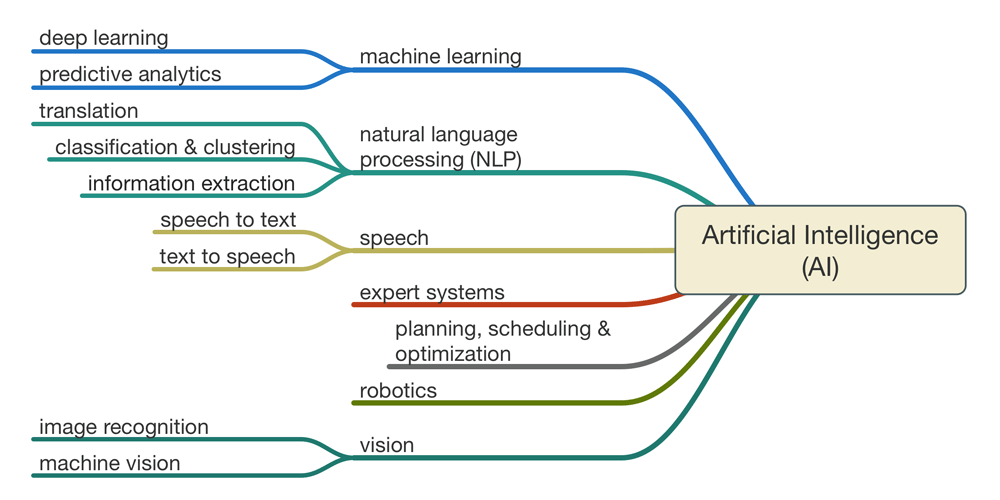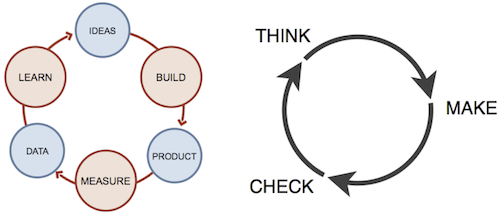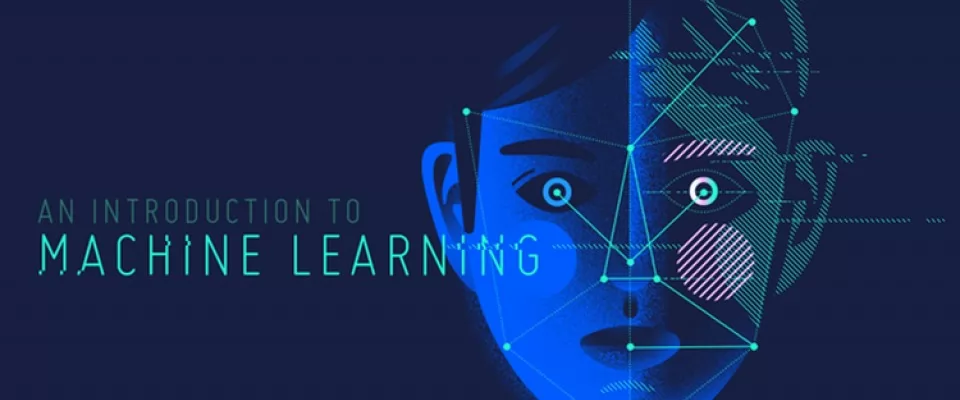Artificial Intelligence or AI is a trend in technology and has been the main topic of many philosophical debates as to where this field will lead us as humanity.
This time I'm going to focus on a subfield of Artificial Intelligence that is Machine Learning, which I am currently very passionate about and I think many like me, who want to design good digital products.

Talking about A.I. today is nothing new. Not for people, not for companies or governments.
Although it seems to be a most naturalised question these days, until not many years ago, talking about artificial intelligence was a distant, difficult matter to deal with, reserved only for experts.
Today, it is talked about and applied to such basic issues as using homebanking, watching streaming movies or listening to music. Even search engines like Google or Yahoo use it. And in social networks, the examples of Facebook and Twitter lead the segment.
Increasingly, artificial intelligence is read and commented on in the mass media, with ease. It is even starting to gain a space within the budget of companies in the country: the search for cost reduction and increased productivity has been driving the advance in the use of solutions involving robots capable of talking to customers and systems that analyze thousands of data in a few seconds.
Within the wide spectrum covered by artificial intelligence, there is Machine Learning. Broadly defined, it is a tool that gives computers the ability to learn without being explicitly programmed. Within this technology, the software imitates the human brain using up to billions of 'neurons' or computer units.
Machine Learning has become the leading tool in e-commerce. It allows a system to not always behave in the same way, but to continuously learn from the behavior of its users and thus improve its service.
To start, let's take a look at this video on how Machine Learning works.
So, imagine the possibilities both positive and negative and let's think about our digital products as they could automate product improvement, something like that:

Having said that, let's start...
The computers that we use in our day to day do not think (yet) for themselves, everything they do now is thanks to programs that developers write where they define the inputs (Data) and outputs (Results) that their interactions should resolve thanks to something called algorithms, however, there are times when we want the results of our programs to be improved with automatic learning of the inputs and thus the results are much better than those conceived at the beginning (Example: The recommendations in Amazon).
We achieve this because computers have great processing capabilities and inductive learning which is something similar to what we saw in the video.
Machine Learning (M.L.) is thus a process of making programs learn by showing them examples to the extent that they can generalize and is supported primarily by statistics, calculus, and linear algebra.
M.L algorithms are characterized by their parameters or weights which will affect the results of the algorithms. The more and more examples we give to our algorithm, the more the algorithms will refine their results based on the past value of their parameters and the new examples will enter an iterative process where we will be feeding our algorithms until we find more and more accurate results.
There are two categories for M.L., supervised and unsupervised learning.
In supervised learning we enter an example and a correct answer and in this way our algorithms learn to generalize. Some applications of this type of algorithm.
- Image classification.
- Sentimental classification.
- Translators.
In unsupervised learning we often do not know the answers and instead pass on statistical information and its distribution so that our algorithm helps us with pattern generalization.
Applications of this type of algorithm.
- Clustering.
- Anomaly detection.
In short, the M.L. algorithms allow you to know answers or give more accurate answers based on examples.
Nowadays there are APIs an Javascript libraries that can help you to use these algorithms easily in your products without much scientific knowledge.

